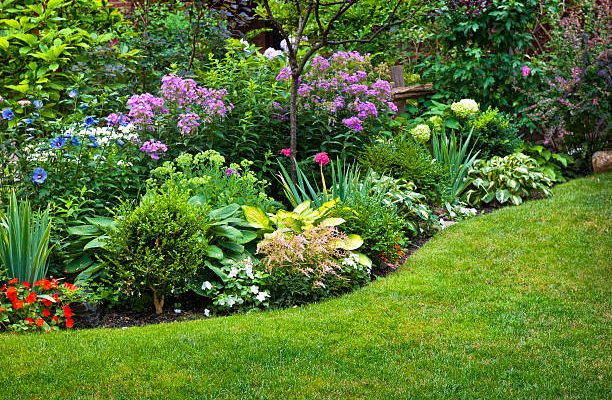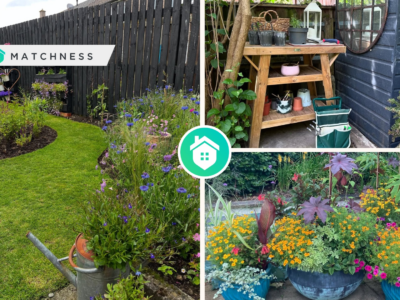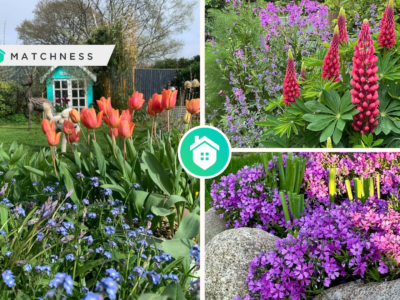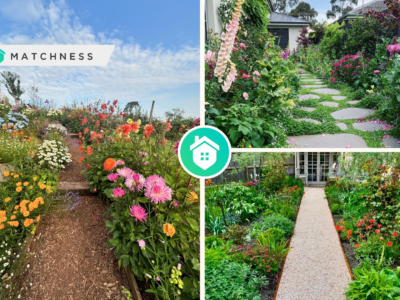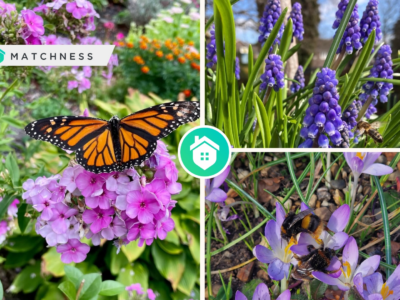Growing flowers in your garden is a rewarding and fulfilling experience, and it’s also one of the best ways to enhance the beauty of your outdoor space. Whether you are a seasoned gardener or a beginner, knowing how to care for your flower plants properly is essential for their overall health and longevity.
Flower plants require a certain amount of care and attention to thrive and produce beautiful blooms. In this article, we’ll discuss some essential tips for taking care of flower plants in your garden.
Understand Your Plants
Different types of flowers have varying requirements for optimal growth and health. Before planting your flowers, it’s essential to research their specific needs. This will help you determine the right soil type, amount of sunlight, and watering needs for your flowers.
Understanding your plants’ needs will also help you diagnose any problems that may arise later on, such as pests or diseases.
Choose the Right Location
The first step in taking care of your flower plants is to choose the right location for planting. Most flower plants require full sun to grow and bloom, so choose a location that receives at least 6-8 hours of sunlight per day.
It’s also important to ensure that the soil in the planting area is well-draining and rich in nutrients. Before planting, you may want to amend the soil with compost or other organic matter to ensure optimal growing conditions.
If you need to kill some grass to free up some space for your flower plants, make sure you use something that won’t affect the flowers. What kills weeds but not flowers? You have plenty of natural options – salt, vinegar, baking soda, boiling water, or cornmeal – make sure to learn more about them!
Water Correctly
Watering is crucial to the growth and health of your flowers. Most flowers require regular watering to keep the soil moist but not waterlogged. Over-watering or under-watering your plants can cause stress or even kill your flowers. To avoid this, it’s important to water your plants correctly.
As a general rule, most flowers need about 1 inch of water per week. Aim to water your flowers deeply once or twice a week, depending on the type of flower, weather conditions, soil type, and moisture level of the soil. Remember that it’s essential to check the soil’s moisture level regularly and adjust watering accordingly.
Watering in the morning or evening, when temperatures are cooler, can also help reduce water evaporation and ensure that the water is absorbed by the plant roots.
Fertilize as Needed
Flower plants require nutrients to grow and bloom, and fertilizing can help ensure that they receive the proper nutrients. Fertilizers are rich in nutrients, such as nitrogen, phosphorus, and potassium, that help your flowers grow healthy and strong.
Before applying fertilizer to your plants, it’s important to understand your plants’ specific needs since some plants may require more or less of certain nutrients. Applying the wrong type of fertilizer can cause damage to your plants, so make sure to choose a fertilizer that is appropriate for the type of flowers you are growing.
Be sure to read the label on the fertilizer packaging and follow the instructions carefully. Overfertilizing can damage your plants, so be sure to follow the recommended application rates.
Prune Regularly
Pruning is the process of removing dead or dying parts of the plant and is an important part of caring for flower plants. Regular pruning helps to promote healthy growth and blooming, improve air circulation, remove dead or diseased plant material, and prevent diseases.
The best time to prune your flowers is in the early spring when new growth begins. Be sure to use clean and sharp pruning tools to avoid damaging the plant. When pruning, it’s important to remove dead or diseased foliage and branches while leaving healthy foliage and branches intact.
Different types of flowers require different pruning techniques, so you want to research the specific needs of your flowers before you begin.
While you’re at it, don’t forget about deadheading – the process of removing spent flowers from your plants. Doing it regularly helps to promote new growth and prevents the plant from putting energy into producing seeds. Deadheading also helps to prevent diseases, improve air circulation, and promote healthier foliage.
Be sure to use clean pruning shears and remove the spent flower just above the first set of healthy leaves.
Control Pests and Diseases
Pests and diseases can quickly ruin and even kill your flower garden if left unchecked. When it comes to pests and diseases, prevention is key.
Proper watering and fertilization, as well as pruning and cleaning tools regularly, can help reduce the risk of pests and diseases. However, even with proper prevention methods, pests and diseases can still occur.
For this reason, you need to regularly inspect your plants for signs of pests or diseases, such as yellowing leaves, wilting, or discoloration. If you notice any issues, take action immediately to prevent the problem from spreading.
It’s essential to identify the problem quickly and take the appropriate steps to control the situation. There are a variety of natural pest control methods, such as neem oil, or opting for chemical treatments, can help eliminate pests and diseases and protect your flowers.
Mulch Your Plants
Mulching is an excellent way to protect your flowers and soil from harsh weather conditions, reduce water evaporation, and prevent weed growth. Mulch also helps to regulate soil temperature and improve soil quality.
When mulching, be sure to use a natural material, such as bark or leaves, and spread it evenly around your flowers. Avoid covering the base of the plant, as this can lead to root rot.
Conclusion
Taking care of your flower plants is a crucial part of maintaining a beautiful garden. By following the tips and best practices mentioned in the article, you can enjoy a beautiful and healthy garden that will thrive for years to come.
Remember to stay vigilant, regularly inspect your plants, and take action at the first sign of trouble. With a little bit of care and attention, you can create a beautiful and thriving garden that will bring joy and beauty to your outdoor space!


